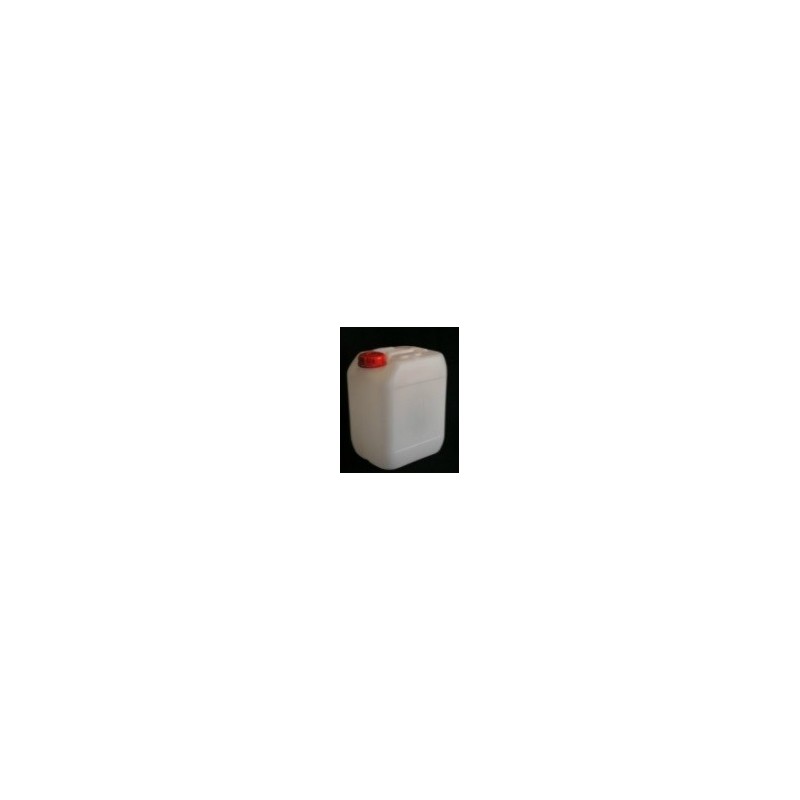APPROVALS/REGISTRATIONS:
Product registered at the National Institute of Toxicology.
PROPERTIES:
High cold dissolution capacity. It dissolves completely and more rapidly than petroleum-based solvents. Dries quickly without leaving oily residues that could interfere with electrical current. Non-flammable. Contains solvents, among them chlorinated ones, with a low toxicity index. Safe to use on common metals including aluminum, as it is non-corrosive.
CORROSION TESTS ON COPPER METALS: Does not attack any metal when dry. However, its intrinsic corrosion power increases if metals are wet. Tests conducted on: galvanized steel, aluminum, magnesium, stainless steel, tin, and other metals and alloys with moisture up to 50 ppm showed penetration rates so low that in a year it would be 0.5 mm.
INSULATION TEST: No harmful effects on acrylic or polyvinyl coatings. It solubilizes certain insulating varnishes, but there is no risk if dried with air within a maximum of 3 minutes after cleaning.
PLASTIC TEST: Neither by contact nor by immersion does it attack the following materials: bakelite (phenol-formaldehyde), acrylic resins (plexiglass), nylon, alcohol, polyvinyl, nitrocellulose, Teflon.
TECHNICAL CHARACTERISTICS:
Industrial solvent for dry degreasing operations. Cleaning of electrical equipment, electronics, electric motors, general parts. High volatility. 100% ACTIVE MATERIAL. Does not contain petroleum distillates. It is a volatile product.
- Appearance: Transparent liquid
- Density: 1.32 K/L
- Viscosity: 25ºC 0.86cp
- Flash point: None
APPLICATIONS:
Multi-purpose degreaser to dissolve grease, oils, resins, and in general, significant dirt on metal surfaces where water cannot be applied. Widely used in shipboard cleaning operations. Can be used for: Cleaning generators, motors, switches, contacts, and other electrical components. Cold degreasing of engine parts and diesel engines. Preparing metal surfaces for painting. Cleaning filters and valves. Cleaning on-board machinery and cranes.
HOW TO USE:
Can be used cold or hot. Application methods: By immersion. By brush or brush. By spraying.




 Security
Security
 Fast and guaranteed delivery
Fast and guaranteed delivery
 Return policy
Return policy